Looking for residential plumbing service in Ontario? Curious about how the plumbing system works? Well, you’ve hit the jackpot!
Whether you are planning to remodel your home/office, or build a new one; having a sound knowledge about how house plumbing works will prove to be valuable.
Why, do you ask?
This will help you design a functional system and make sure that the system passes the plumbing code in your province
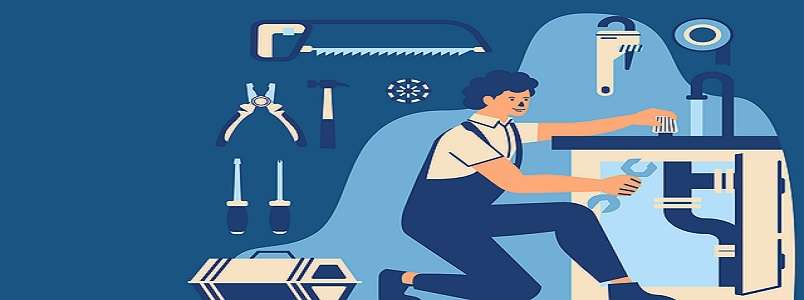
A solid understanding of how the plumbing system works can provide valuable insights, and that’s our target today.
We’ll try to provide some insights on house plumbing basics, and how to do plumbing work yourself. You can also read this article about how plumbing works to keep your home healthy.
Introduction to “How Plumbing Work?”
Basically, a residential plumbing system is a complex network of various components that work together to transport water and waste from your home. It’s one of the most costly systems to repair, and quality service is rare to find.
At the heart of this system are the water supply pipes, which bring fresh water into your home.
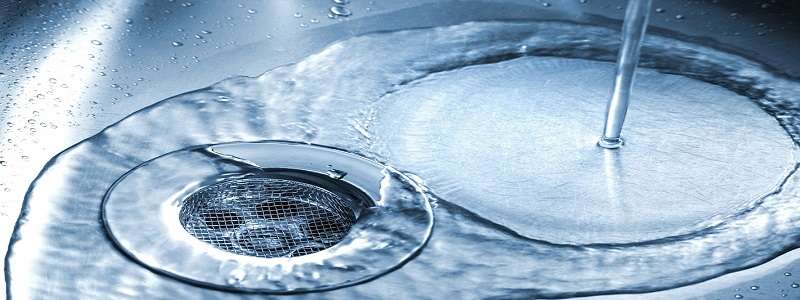
This water then travels through various pipes and fixtures, such as faucets and showerheads, before being transported away through the drain pipes.
However, if you have the necessary tools and skillset, you’ll be able to maintain your plumbing system regularly, minimizing repair costs down the line.
How Does Plumbing Work
Regardless of the property type, in order for plumbing to work properly, there needs to be a constant flow of both fresh water and wastewater.
Freshwater enters your home through the main water line that connects to your property’s municipal water supply.
From here, it travels along the hot and cold inlet lines until its reaches your home’s main shut-off valve. This valve then directs the water to either the hot or cold supply line, depending on how you have it set up in your home.
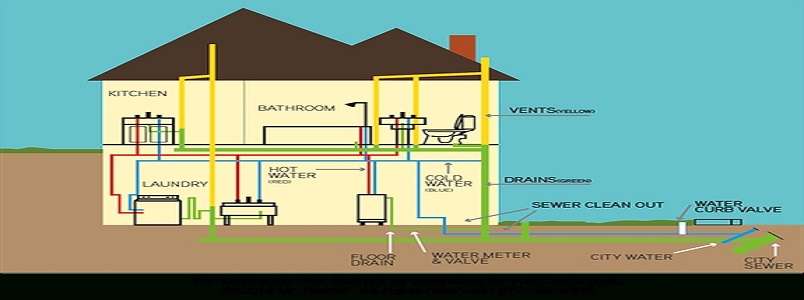
Once freshwater reaches all of the fixtures in your home, waste begins to accumulate as it travels along through the drain pipes and into your home’s septic system or municipal sewer line.
In order for this process to work properly, there needs to be enough space for wastewater to flow freely through your plumbing system. As such, clogs can occur if items like food scraps or hair get stuck somewhere along this path. Know more about basic plumbing systems.
Fortunately, there are a number of tips and tricks that you can use to keep your plumbing running smoothly and prevent incidents like clogs from occurring.
Additionally, you can also invest in drain cleaning products or Professional Plumbing Services to help keep your system flowing smoothly.
Components of a Residential Plumbing System
So, what is this ‘plumbing system’ made of? Well. It’s mostly pipes.
If you’re asking questions like ‘how does house plumbing work’, having an overall idea about the components might help the learning process.
Let’s start with house plumbing basics. No matter how complicated the structure of your plumbing system is, all the components remain the same. There are 2 main sub-systems and some supplementary components that keep your plumbing system up and running.
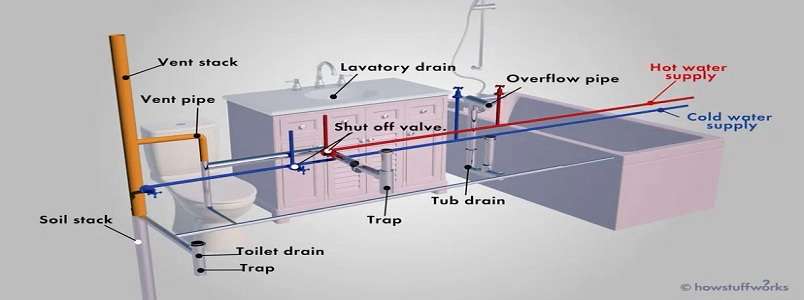
Here is the list of components that make up the residential plumbing system:
- Plastic, galvanized iron, or copper pipes (½ – 4’’ in diameter)
- A series of shut-off valves and fittings
- Drains and vents
- Septic tank (if you’re in a rural area)
- Gutters and cleanouts
- Water fixtures like faucets, toilets, sinks, and more
- Hot water tank
How the Residential Plumbing System Works
Next on our list of questions is: How does house plumbing work?
Here’s exactly how house plumbing works through its complicated structure of sub-systems and components, from start to finish:
The Supply System
We’re at the first step of the residential plumbing process. Here, all the water that your house needs gets collected from the municipality’s source.
The supplied water passes through a shut-off valve. It’s mandatory to install a shut-off valve just on the way the supply water reaches your basement.
The shut-off valve outside your house is used to cut off the water supply in case of any crisis. In rural areas, a pump is used to suck water out from beneath the ground, before supplying it into your home.
Cold and Hot Water
Hot water is a necessity here in every Canadian household, and you’ll find either a gas or electricity-powered water heater in every house.
However, there is another shut-off valve the water has to pass before reaching the water heater. This valve is only accessible to the homeowner.
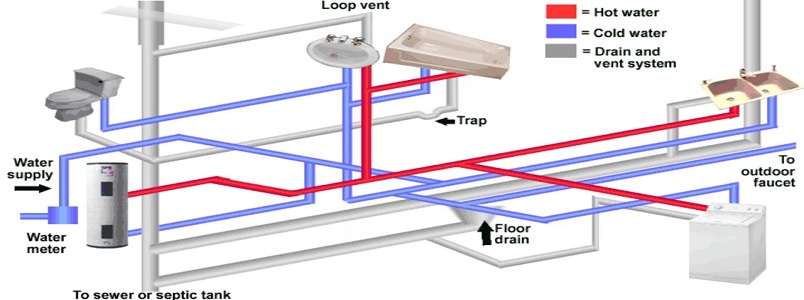
You’ll need to shut this valve off before you try any repair mission within your residential plumbing system.
Once the heater is filled with cold water, the heater uses either electricity or gas to heat the water up, before sending it to every fixture in your house.
The Plumbing Fixtures
Plumbing fixtures are basically anything that uses water. This includes your faucets, shower heads, bathtubs, sinks, toilets, and any other water-based appliance (like a dishwasher, or washing machine).
The plumbing system, in general, uses air pressure and gravity to maintain a steady flow of water to and from your water fixtures.
For example, when you press the flush button on your commode, it uses a negative air pressure to flash away all the wastage and make room for new water, keeping the system flowing.
The Drainage System
A drainage system works to collect all the wastewater your house produces and delivers them to the municipal drain under the street. The system consists of drain pipes and cleanouts mainly; and a septic tank in case your home doesn’t have access to municipality service.
The process is pretty straightforward. Whenever a fixture is used, It creates a negative pressure zone behind all the wastewater. With the help of the venting system, the waste and the water is pushed down through the main drain line.
The main drain line is made of pipes, around 3-4’’ in diameter, depending on the municipality code in your state. The main drain line is connected to the venting system.
The drain line will end in either a municipality tank under your streets or in a septic tank; depending on where you live.
The Venting System
The venting system of your house is connected to the west drainage piping. The primary function of the venting system is to keep the harmful gases away from your home and to provide the necessary air pressure to help flush out all the wastewater.
In the case of home renovation plumbing, it’s really important for you not to mix up the water drainage system with the supply system as it has nasty and dangerous consequences. The venting system helps achieve that goal
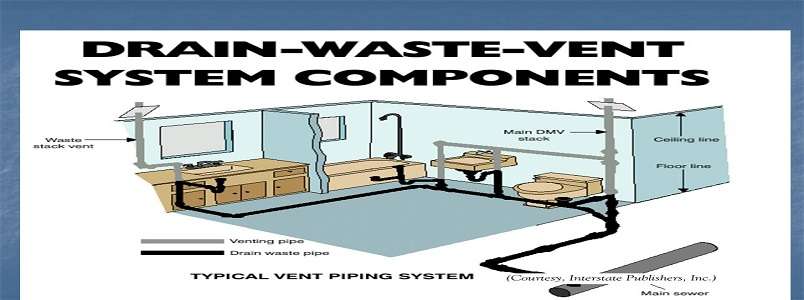
The venting system also helps by creating air pockets that trap toxic sewer gases from contaminating your home environment.
Congratulations! Now you’ll be able to answer questions like, ‘How does house plumbing work’.
However, our journey isn’t over yet. Let’s move on to the next chapter.
How Does Plumbing Work In an Apartment Building: Professional Plumbing Services
So, now that you’ve figured out how house plumbing works, you might be wondering, ‘how does plumbing work in an apartment building or in a professional setup, right?’
Well, nothing to worry about there. The plumbing system works almost the same way in a home or a professional environment. The main difference between those two is the amount of supply and drainage.
Some houses also have pools, and services like pool installation and maintenance can also be considered “plumbing services”.
However, in the plumbing sector, big numbers aren’t always good. Plumbing work can become risky sometimes. That’s why most commercial areas depend on professional plumbing services.
Professional plumbers are equipped with the necessary equipment, skill, experience, and training. They will help you not only clean your plumbing system really fast but also can help you figure out the ideal placement for your fixtures so that minimal or no resource waste is assured.
Additionally, it’s not legally allowed to do certain types of plumbing work without proper equipment or supervision. So, professional plumbing services can help you avoid hefty fines, and make sure the system is in good condition.
Even the smallest leak has the potential of contaminating your entire environment. Professional plumbers know how house plumbing works, how to keep the system functional, and how to do plumbing work safely.
If you think you need cost-efficient, fast and professional quality plumbing support in your area, you can contact Citizen Plumbing. We’re an Ontario-based professional plumbing solution provider that can take care of your every plumbing need. From simple pipe installation service to complete plumbing support, we’ve got your back. We provide 24 hour plumber here in Toronto/
Whether you need to remodel your home or need instant services, We’re here to help you with your every plumbing need. If you’re looking for reliable plumbing services near you, contact us today!
Enough with the shameless promotion. By now, you have the answer to your question, ‘how does plumbing work in a house or a commercial place’.
The next task is to dive into what plumbing services you can perform at home without any legal or health issues associated.
How to Do Plumbing Work by Yourself
Now that you have a clear answer to questions like, ‘how does plumbing work in a house’ and ‘how does plumbing work in an apartment building’, it’s time to figure out what you can do as a homeowner to keep your plumbing system flowing for a long time. Here goes nothing. Here are few things you should know about DIY plumbing.
As I’ve mentioned earlier, plumbing work can become dangerous if you don’t have sufficient equipment or knowledge. That’s why many plumbing activities are only set aside for professional plumbers.
Below-mentioned is a list of some of the plumbing works you can do yourself without risking your health, property, or money:
- Replacing caps on ground-level sanitary drains and cleanouts
- Changing your showerhead or toilet seat
- Replacing a valve or washer (in a tap)
- Maintaining an irrigation system that helps with the disposal
- Changing handles, buttons, and tap flanges
- Maintaining ground-level grates
- Installing or replacing suction cup rubbers and drop/float valve washers
Can’t do it by yourself? well here is an article where you can learn about choosing the best plumber for you.
Pro Tips: House Plumbing Basic
We’re at the end of our journey here. In this blog, we’ve tried to answer some of the most commonly asked plumbing questions like, ‘How does house plumbing work’, ‘Why do you need professional plumbing help’, and ‘how does plumbing work in commercial environments?
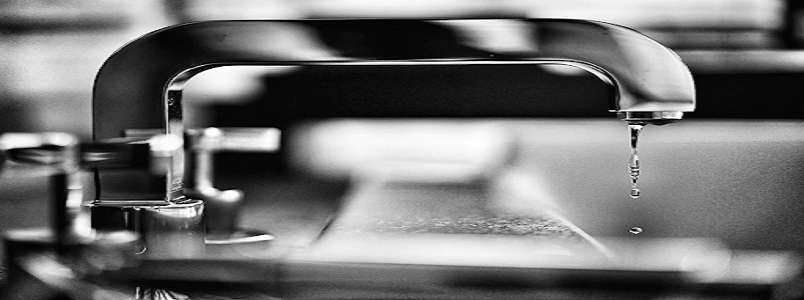
Hopefully, by now, you have a solid understanding of how to do plumbing work, what components are in work, and what you can do as a homeowner in Ontario.
However, before we leave, here are some of the Pro tips that can help make your plumbing efforts easy, cost-effective, and risk-free:
- Inspect your pipes and vents regularly
- Drain your water heater a couple of times
- Winterize the whole system on time
- Don’t flush any un flushable item
- Memorize the location of all the shut-off valves
- Keep an eye on the water pressure
- Don’t put your garbage down the drain
- Use the plunge or any other helper tool when cleaning
- Don’t let your pipes get clogged
- Don’t overtight any joint
- Use plenty of plumbers tape
- Keep an eye out for leaks
- Ask for professional help when needed
- Check and clean your gutters regularly
- Don’t ignore drippy faucets
Hopefully, our today’s article answers some of the most commonly asked plumbing questions like, ‘How does plumbing work in a house or a commercial environment, what plumbing can I do myself, and what are the parts of a plumbing system? You can also read more about basic plumbing systems.
We tried to provide a birds-eye view of the whole plumbing system, and if you find the article useful, we’ll consider our effort a success. Thanks for reading this far. Good luck to you.
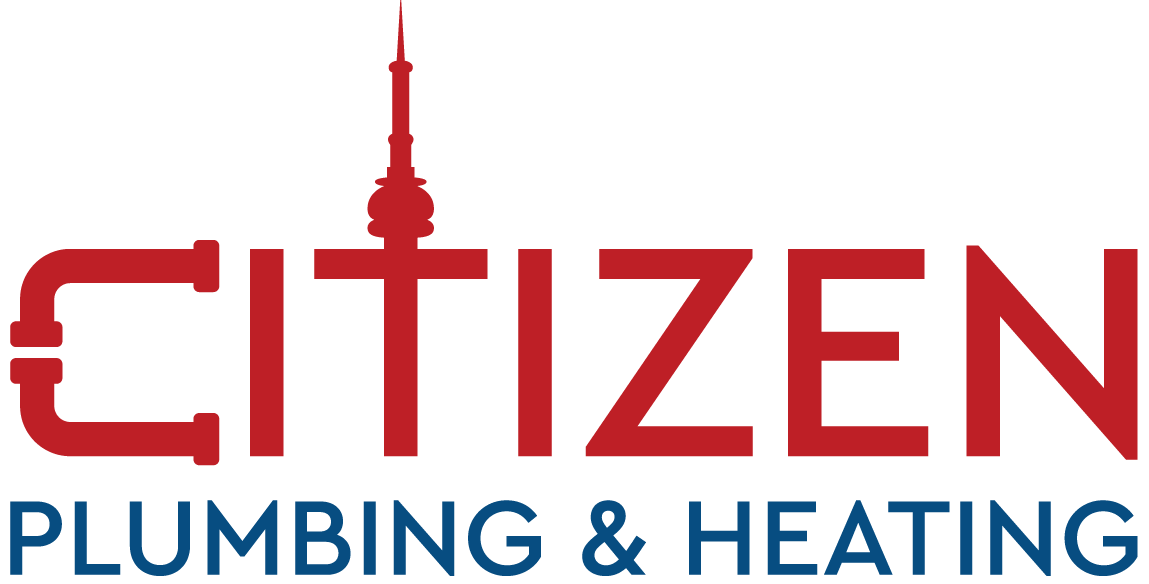
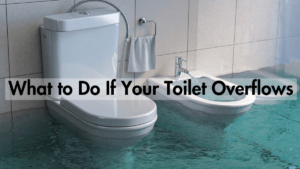




 by
by